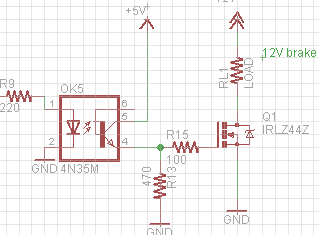Hi,
I'm still figuring out which Light to buy for my Aquarium and Reef-Pi build, but I want it to be controllable via PWM from Reef-Pi. I therefore need a nice PWM controllable dimmer. I looked up a few threads:
I'm still figuring out which Light to buy for my Aquarium and Reef-Pi build, but I want it to be controllable via PWM from Reef-Pi. I therefore need a nice PWM controllable dimmer. I looked up a few threads:
- DIY led lighting setup
- All in One LED Controller/Dimmer/Driver Project
- Some PCB design ideas for DIY LDD-L driver based builds
- 5-6 channels:
- 1 warm white (prob up to 24V 1,6 A)
- 1 cold white (prob up to 24V 1,6 A)
- 3 RGB (prob. up to 24V 0,25 A each)
- up to ~ 92W in total (from planned LED)
- 24V power supply will come with the light
- I plan to only use non SMD solderable breadboard, since I don't have much equipment and experience yet.
- Advice on the ICs to use ?
- I would like to use IC sockets
- easier to solder and to replace
- Could I use two 1A channels to power the 1,6 A white LEDs ?
- (Or is that a bad Idea since it might fry the second channel if the first dies or something ... ) ?
- Which ICs should I use in your oppinion ?
- What should I watch out for ?
- protection circuits in case something breaks or fries ?
- Bypass Capacitors to limit feedback to the power supply ?
- Optocoupler to isolate the PWM circuit ?
Last edited:





















